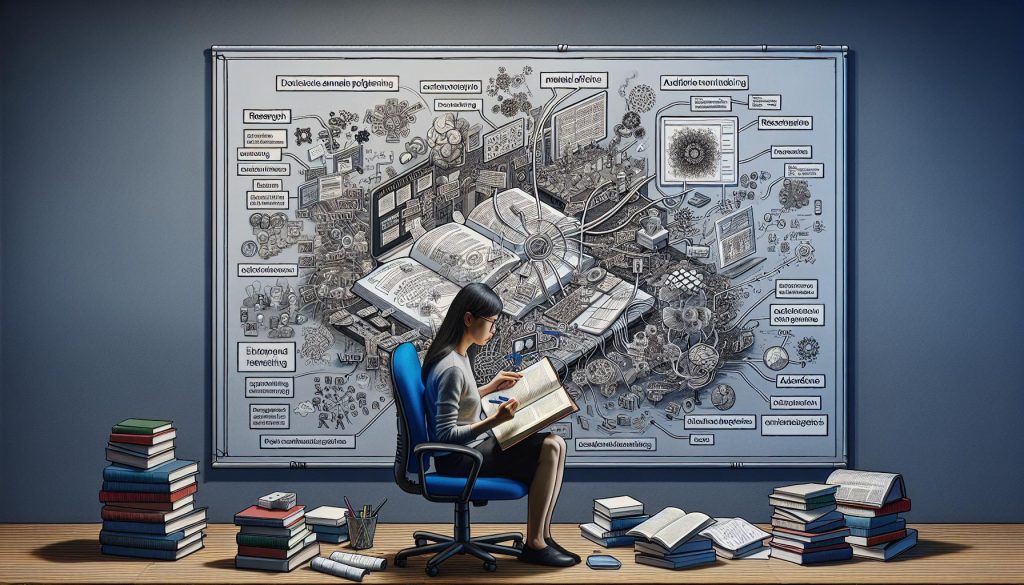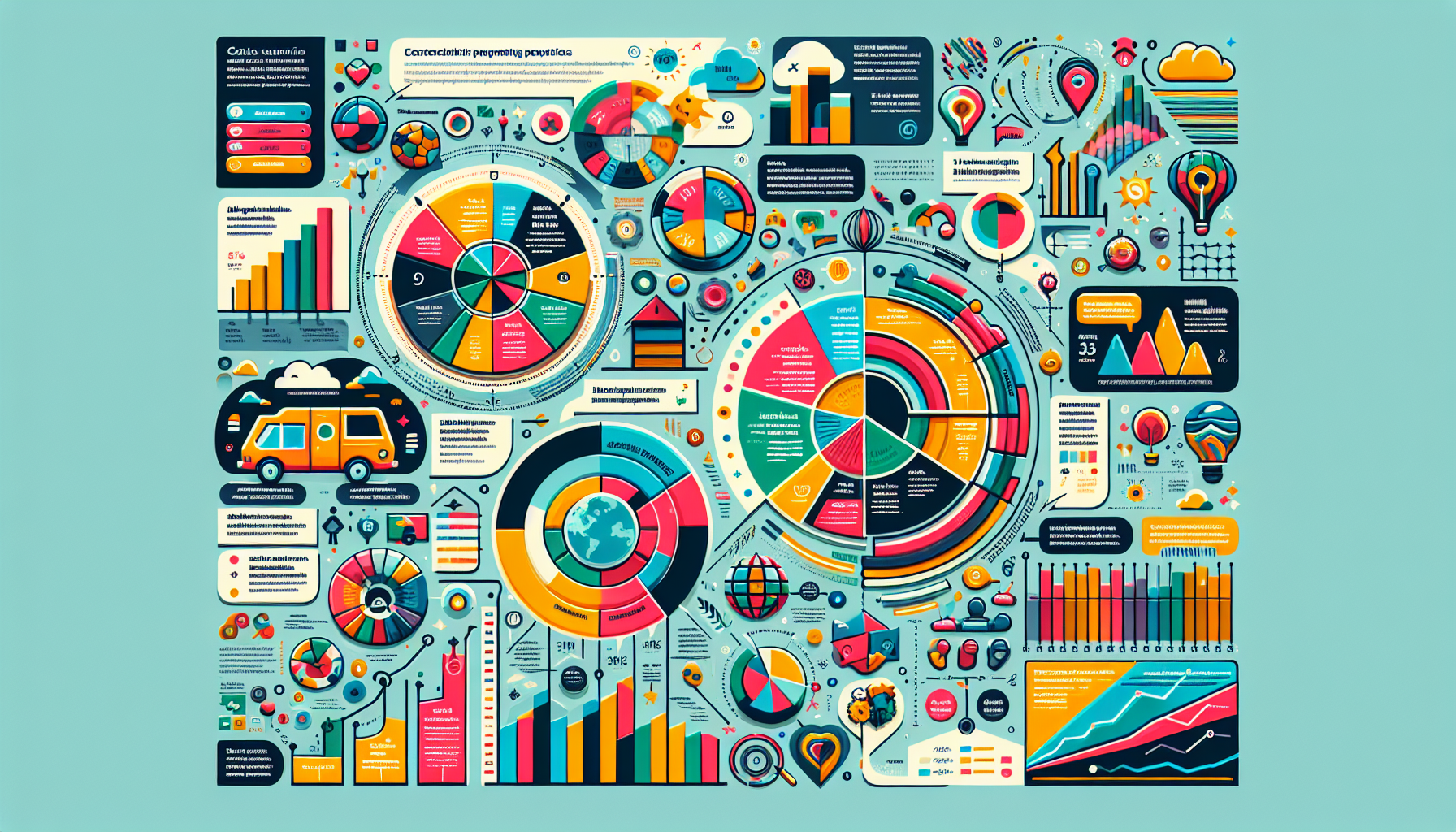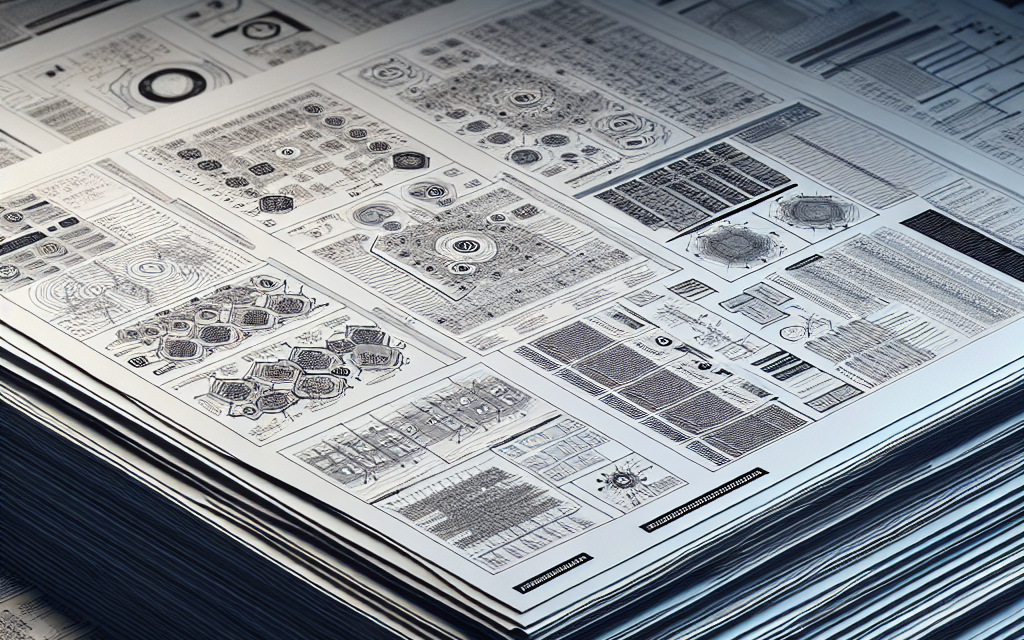Technical Documents: A Comprehensive Guide

Technical documents are important tools in many fields for getting complicated knowledge to the right people. These groups can be anything from users and writers to customers and organizations, and the way they need to be presented with information should differ for each. What are technical papers used for, and what kinds are there?
Purpose of Technical Documents
A technical document's main goal is to give well-written, easy-to-understand knowledge to the right people. We need to know what the technical paper is for and who it's for before we start writing it (LinkedIn).. It could be as easy as showing someone how to use a device or as complicated as going over all the features and functions of a piece of software.
On the other hand, the viewer decides how detailed and what words are used in the document. A user manual for a smartphone, for example, would use simple, everyday language. A technical specification document for the same device would likely use more complicated vocabulary and technical terms because it is meant for developers or engineers.
Keep in mind that the point of a technical paper is not to confuse the reader with hard words or long sentences, but to get the message across in a way that the intended reader can easily understand.
Types of Technical Documents
There are different types of technical papers, each used for a different thing. They can take the form of proposals, technical reports, or user manuals for software. This is a list of some common kinds of technical documents:
- User Manuals: These are guides that show people how to use a piece of software or hardware. The wording used to write them is usually simple and easy to understand.
- Software documentation: Software documentation tells you in depth how a piece of software works, its features, and how it is put together. It's usually made for programmers, developers, or technical help teams.
- Technical reports: Technical reports are documents that give in-depth analyses of data or study results. They are used a lot in engineering and science projects.
- Proposals: Proposals are written statements that suggest a way to fix an issue or make things better. They go into great depth about the problem, the suggested solution, and the advantages of putting it into action.
- Specifications: Specifications are very thorough lists of the parts and designs that go into making a product or system. They're used a lot in building and making things.
Please check out our page on technical document examples for more examples of these types of papers and how to put them together. Also, check out our page on writing technical documents for tips on how to do it.
Technical Documents Construction

Technical writing is a complicated process that needs specific knowledge and close attention to detail. This step includes thinking about the audience, doing research, gathering material, and planning the structure and flow of the document.
Taking into account the audience
As technical writers, we should always think about who we're writing for and use clear words that people who aren't technical can understand (Utah State University). In other words, we need to know exactly what the technical paper is for and who will read and use it before we start writing it (LinkedIn).
For example, the end-users would be our main audience if we were making a user manual for a piece of software. We might, however, also think about other groups, like IT support staff, coders, or product managers. All of our possible readers should be able to understand and use the language we use. Our piece on technical document types will teach you more about the different kinds of technical documents.
LResearch and Information Gathering
A very important part of writing a technical paper is researching and gathering information. We look at many things, like past papers, experts in the field, online tools, and our own experience and knowledge. You should check the information for accuracy, usefulness, and up-to-dateness, and mention sources if needed.
When writing software documents, for example, we might look at the codebase, developer comments, and other documentation already out there. We could also talk to coders, testers, or end users for more information. Our collection of technical document examples includes well-written technical papers.
Document Structure and Flow
Outlining and planning the paper is important for giving it structure and flow that helps us write and helps the reader understand. We use transitions, summaries, signposts, headings, and subheadings to organize the text into logical parts, link ideas, and draw attention to important points (Source).
An introduction might come first in a software user manual, followed by parts on installing, setting up, and using the software. Subsections in each section might go into more depth about certain tasks or features. The end of the paper could include troubleshooting tips and ways to get help. Check out our technical document templates to get ideas for organizing your own.
By carefully thinking about who we're writing for, doing a lot of research and gathering information, and carefully planning the structure and flow of our document, we can make expert documents that meet industry standards and help our readers understand complicated information. Read our piece on writing technical documents to learn more about this subject.
Writing and Formatting Techniques

Writing a well-thought-out technical document takes more than a deep knowledge of the subject. Expertise in writing and editing is also needed to make the work easier to read and understand. It's time to talk about the finer points of language, like tone, voice, mood, and staying away from jargon and unclear language.
Language and Tone in Technical Writing
Writing a technical paper is very important in order to make it easy for people to understand. We should use words that people who aren't technical and people who can understand (Utah State University). That way, many people can read the information, such as individuals, businesses, educational institutions, travel and tourist companies, and medical institutions.
We should use a neutral, clear, and sure tone when writing. Our goal is to give you information in a clear and fair way. This method helps to build trust with the person and makes the information more reliable.
Use of Active Voice and Present Tense
Active voice and the present tense are very helpful when writing technical documents. This way of writing makes the paper more interesting and clear (LinkedIn). We should write “The team must review the report” instead of “The team must review the report.” This writing style puts the subject first, so the reader knows what to do and who is responsible for what.
Avoiding Jargon and Ambiguity
Technical writing should not use words or be hard to understand. Sometimes you have to use complex terms, but it's important to make sure that any words or phrases that the reader might not understand are clearly explained or defined. This way of writing ensures that both technical and non-technical readers understand the text.
In addition to staying away from words, we also try to make sure that our writing is clear. It is important that the information given is exact, clear, and simple to comprehend. When statements aren't clear, they can cause confusion and misunderstanding, which makes the paper less useful.
These ways of writing and formatting are very important to us when making a technical paper. Our goal is to create useful and interesting documents by using clear language, a neutral tone, an active voice, the present tense, and staying away from jargon and vague language. Check out our post on writing technical documents for more tips on how to write them.
How Pictures Help Technical Documents

A lot of what goes into making an excellent technical document format is the pictures. Graphics, tables, and graphs can make technical papers much easier to read and understand. These parts can help a lot when you're trying to explain complicated data or knowledge.
When and Why to Use Graphics
Adding pictures to expert writing can be very helpful. Graphics can help make complicated information easier to understand by showing it in a picture. They can be especially helpful when studying complex systems or processes because a picture can help you understand better than just reading the words.
A group of researchers led by Annemarie Hamlin, Chris Rubio, Michele DeSilva, Eleanor Sumpter-Latham, and Nicole Hagstrom-Schmidt say that carefully chosen visuals can greatly improve how information is presented in expert and professional writing.
In addition, graphics can make a paper look better by breaking up long blocks of text and keeping the reader interested. Still, it's important to remember that images should only be used when needed. Each image should have a clear purpose, like showing a point, explaining a process, or drawing attention to important information.
Check out our guide on writing technical documents to learn more about when and how to use graphics most effectively in your work.
Tables and Graphs in Technical Writing
Particularly when dealing with data or numerical information, tables and graphs can be extremely helpful in technical document format. They make it easy for people to understand and make sense of data by showing it clearly and straightforwardly.
As discussed in “3.4 Figures and Tables,” using figures and tables in technical writing can make it much easier to understand the presented facts.
One way to organize a set of data is to use a table. This makes it easy for the reader to compare and contrast the different data lines. Another way to show trends or patterns in data is with graphs. Graphs are pictures that can be easier to understand than written text.
It is important to use tables and graphs correctly, though, just like it is with images. In other words, they need to be clear, correct, and related to the paper's content. In addition, they should have the right labels and writing to help the reader understand what they're seeing.
Check out our collection of technical document examples and technical document templates to see how tables and graphs can be used well in technical documents.
For examples of effective use of tables and graphs in technical documents, check out our collection of technical document examples and technical document templates.
Technical Documents: Reviewing and Editing

To make sure the document is correct, readable, and follows the right technical document format, it is essential to carefully study and edit it. This includes checking different devices and ensuring that text replacements are always the same.
Reviewing Across Different Platforms
You can read technical documents on desktop computers, laptops, tablets, and cellphones, among other devices. Our world is becoming more and more digital. Because of this, you should look over your document in as many word processing apps as you can to see if there are any differences between versions of the same word processor.
For example, headings, bullet points, and tables may look different based on the platform and software used to view the document. If you look over the text on many other devices, you can find and fix any problems before they get to the end user. Check out our guide on writing technical documents to learn more about how to do it.
Ensuring Consistency in Text Replacements
It can be helpful to use global replacements, which change a word or phrase all over a text. It's essential to make sure, though, that these replacements didn't change any current text for no reason. This is very important in technical papers where accuracy and precision are very important.
To avoid this, always check your document again after using the global replacement tool to make sure that only the words or phrases you meant to change were changed. For example, if you use it to change all instances of “app” to “application,” you might change words where “app” is part of a larger word, like “appropriate” or “application.”
Besides replacing text, other important things to think about when editing a technical paper are how to use lists and style to make it easier to read. Refer to our past articles on technical document templates and technical document examples for more details on these topics and the chapter titled “3.5 Style Tips: Revising to Enhance Readability” (Source).
In conclusion, editing and reviewing are important parts of writing a good technical paper. You can make sure that your paper is correct and complete, easy for people to use, and available on many platforms by following these tips.
The Influence of Industry Standards

Industry standards must be known in order to write a technical paper that is well-organized, easy to understand, and correct. Standardization is very important for making sure that everything is clear and consistent, which makes the writing process easier and faster.
Style Manuals in Technical Writing
Style manuals are used by engineers and many other academic fields and organizations to make sure that technical papers are written and formatted consistently. These guides give rules for how to use words, how to cite sources, and how to format your work. According to Utah State University, they are used to make many different things, like theses, dissertations, journal papers, business letters, and presentations.
Style guides are especially helpful when writing complicated technical material because they make sure the writing is clear, concise, and well-organized. This helps the public, which usually includes both technical and non-technical people, understand and use the information better.
For instance, if you are an engineer making a user manual for a piece of software, you should make sure that people who aren't engineers can also understand what you are saying. Read our guide on writing technical documents to learn more about how to write.
Following the rules of the organization
Besides following style guides, expert writers also have to follow the rules set by their company. These rules might include specific style rules, language usage rules, and document structure rules, all of which help to ensure that the organization's technical document format is consistent.
Some important things to consider are looking over the text in as many word processors as possible to see if there are any differences between versions of the same word processor When making technical document templates that will be used on various systems, this is especially important.
It is also essential to try web pages using different browsers and versions of those browsers if your technical document has any web-based parts.
Finally, it's important to make sure that global replacements don't change any text in a technical paper that wasn't needed (LinkedIn). This is a necessary step to keep things clear and consistent.
To sum up, following industry standards and company rules is very important for making an excellent technical paper. These guidelines will help you make a clear, concise, and easy-to-understand document, whether you're writing a user manual, a technical report, or a research paper, no matter how complicated the topic is. Check out our list of technical document examples for more well-structured papers.






